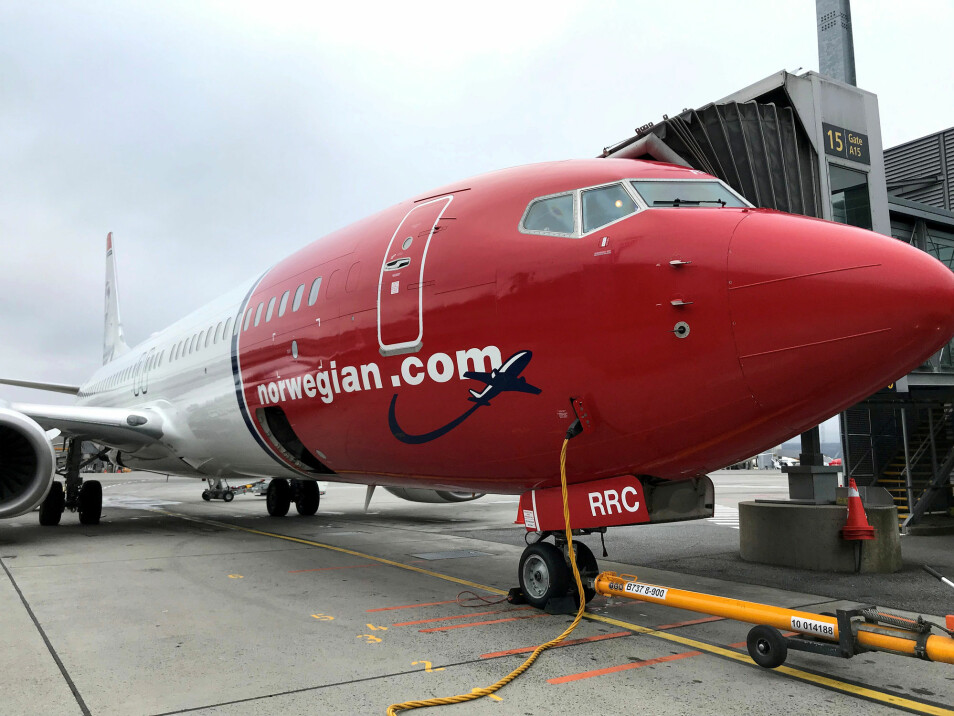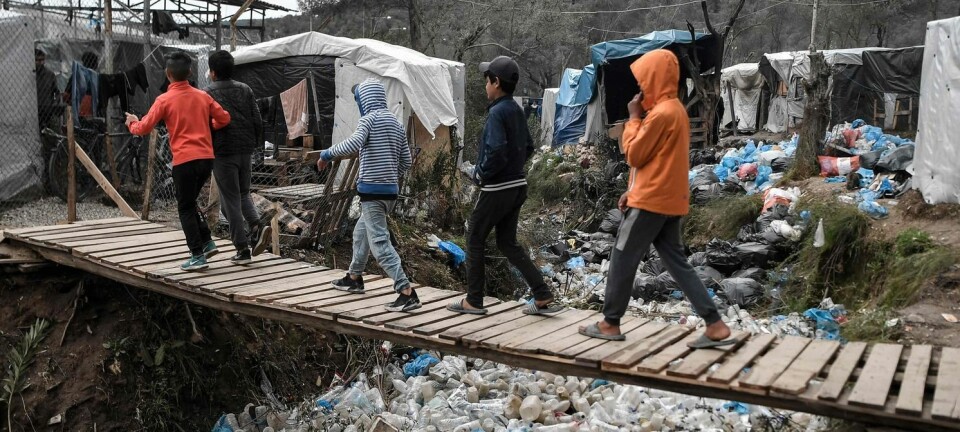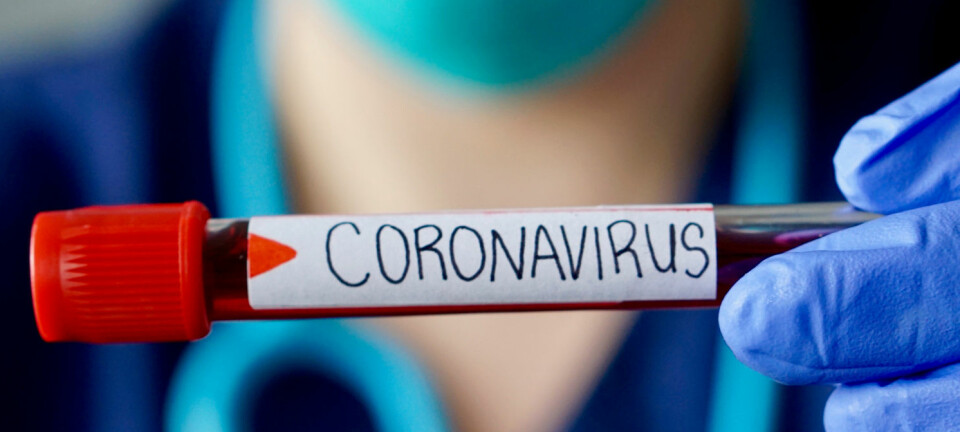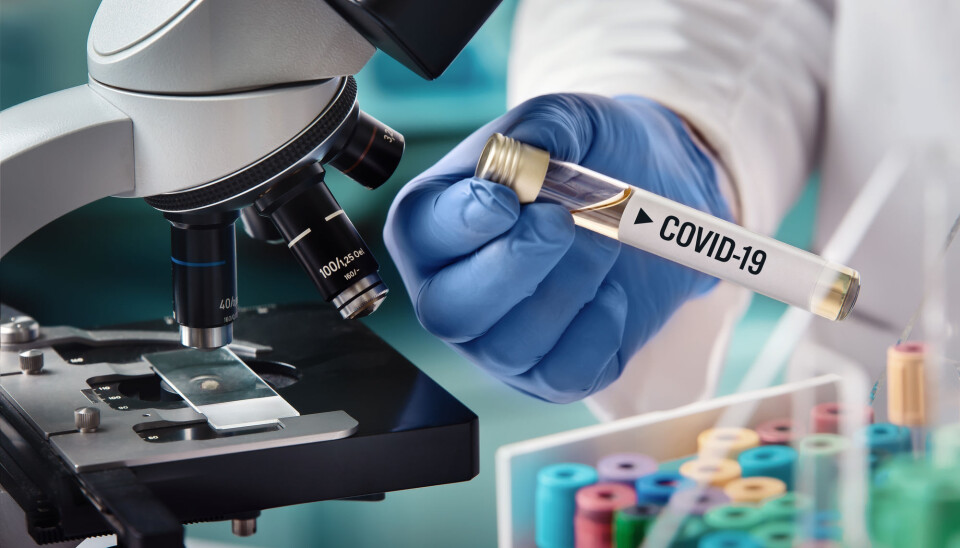
Why the coronavirus vaccine will take months to make
Scientists all over the world are working to develop a vaccine against the coronavirus. Norway is playing a leadership role in this race. The first vaccine candidate is already being tested on people in a Phase 1 trial.
The coronavirus has spread rapidly across large parts of the world. At the time of this translation, more than 307,000 people have confirmed cases, and 13,049 have died, according to a continually updated Johns Hopkins University webpage. Societies have come to a standstill in a move to limit the spread of the virus, which has rattled the world economy.
So why don't we already have a vaccine?
“This virus is brand new, so researchers have had to start from scratch,” says Paul Kristiansen, assistant director of research and development at the Coalition for Epidemic Preparedness Innovations, CEPI.
Developing new vaccines against infectious diseases is complicated, expensive and takes a long time.
An approved vaccine for the coronavirus will only be ready in 12-18 months, at best, according to Kristiansen.
“One to one-and-a-half years is really very fast. Generally, it takes eight to ten years to develop vaccines if you use the usual methods,” he says.
Norway in a leadership role in international cooperation
CEPI is a global alliance that finances and coordinates the development of vaccines against emerging infectious diseases. Its head office is in Oslo with 40 employees, and two smaller branch offices in London and Washington.
Now the coalition's main focus is to develop a vaccine against the coronavirus as soon as possible. CEPI, where Norway has taken a leadership role, is the midwife for the vaccine project.
Kristiansen and his colleagues select the best vaccine candidates from around the world, and closely follow the process of how they are developed. They do this from their offices at the Norwegian Institute for Public Health, at Myrens Verksted in Oslo.
A race between 50 research communities
CEPI quickly contacted its vaccine development partners when the corona outbreak became known, and saw what projects could be developed into a vaccine against the coronavirus.
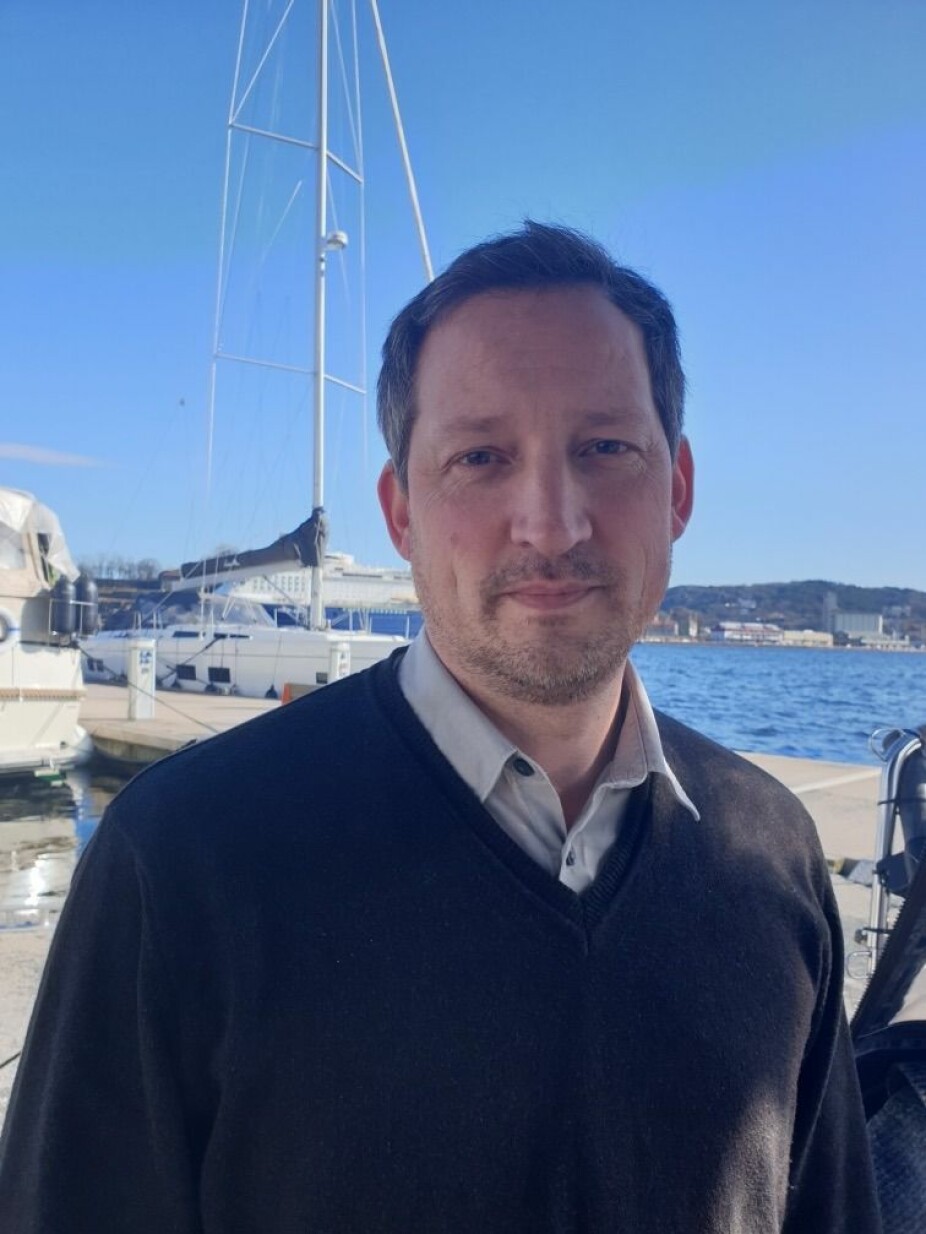
In addition, they released funds to find pre-existing vaccines that could be expanded to also work against the new coronavirus.
“This is a healthy race between about 50 research communities around the world,” Kristiansen says. The US, Australia and Germany have come a long way.
To date, CEPI has selected eight candidates that could be corona vaccines, with which they are continuing to collaborate. They also plan to find more.
The most important criteria for selecting potential candidates are the theoretical efficacy and safety of the vaccine.
“We don’t yet know which of these vaccines will have the best effect when tested, with the fewest possible side effects,” Kristiansen says. “That’s why several vaccines should be tested simultaneously.”
Phase 1 testing
The American biotechnology company Moderna has one of the most advanced candidates. Their vaccine has started testing in a phase 1 trial, meaning they are testing the vaccine on humans.
Research groups in Australia and Germany have also come a long way.
In phase 1, the vaccine is tested on 40-50 volunteers, usually in the country where the vaccine was developed. In this case, that’s the United States.
These are healthy, adult women and men who are not infected with the coronavirus. There are strict ethical requirements for consent and information.
The main focus during phase 1 testing is to ensure that the vaccine is safe, meaning that it has no serious side effects, Kristiansen says.
But the effect of the vaccine is also measured by measuring antibodies in the blood of the test subjects.
This phase takes from one to two months before the results can be analysed.
Synthetic genetic material
There are several ways to make vaccines. One way is to grow the virus itself in cell cultures, for example in eggs, before killing it with heat, formalin or radiation.
“This is an old-fashioned method,” Kristiansen says.
Another method is to mimic the virus's genetic material — RNA. The vaccine encodes a protein that the body responds to and creates antibodies against.
Phase 2 testing
If the test results in phase 1 are good enough, the vaccine will proceed to phase 2 testing.
“Then the vaccine is tested on a larger panel of test participants, either in the country where the vaccine is produced or in several other countries,” Kristiansen says.
The immune response of the participants is analysed by measuring the amount of antibodies in the blood. Side effects are also recorded.
The amount of vaccine needed to make the body produce antibodies will also be tested.
“At this stage, they determine if test participants may need several doses in succession,” he says.
Both phases 1 and 2 are done in laboratories with healthy, volunteer participants.
Phase 3 testing takes place in the field
If the results are good enough, the testing is scaled up to phase 3. Then testing is done on a larger group of people in vulnerable areas.
This will take place in countries where the coronavirus has spread widely, Kristiansen explains, such as Norway, Italy or the like. The vaccine is usually offered to health professionals in the area during this phase.
Here, too, it is only offered to healthy participants.
The gold standard is randomized, double-blind trials, where participants are randomly divided into two groups, where one group is given the vaccine and the other is given a placebo. Neither the researchers nor the participants know who gets what.
Researchers then tally up how many people are infected in each group. In phase 3, the vaccine is given to many people so that researchers can establish with scientific certainty that it works.
Phase 3 can take several months.
Competition important
In all these phases, the results of the vaccine testing can be so poor that researchers have to go back to the starting block.
“It may be that the effect is not good enough, or that the side effects are too large and severe,” Kristiansen says.
CEPI assumes that not all candidates will reach the goal. For that reason, they have provided approval and support for several projects simultaneously.
“If one vaccine candidate fails after testing, we still have others that are well underway and that can continue,” he explains.
Must be approved
And even if one or more vaccines show successful results after phase 3, the vaccine will still have to be approved for international distribution.
“This is about documenting exactly what has been done and getting it approved by regulatory authorities,” says Kristiansen.
In Norway, for example, the Norwegian Medicines Agency has to approve the vaccine.
CEPI also assists in providing production capacity for the vaccine that comes first.
“We’re already working to get available laboratory capacity for such a huge production of vaccines into place,” he assures.
The goal is for countries to obtain supplies regardless of purchasing power.
“We’ve involved the World Health Organization, WHO, to ensure equitable access,” he says.
Both biotechnology companies and vaccine manufacturers are competing to develop a vaccine, many of them in collaboration with universities.
"The carrot is that they will succeed in making a safe and effective vaccine," says Kristiansen.
Fair access
If CEPI succeeds in assisting in the development of one of the first vaccines against COVID-19, organizations such as UNICEF and WHO are likely to finance production and ensure equitable distribution of the vaccine.
“We assist the process until production starts. Others have to take over the actual cost of production,” says Kristiansen.
In parallel with CEPI's assistance to the vaccine candidates that they select, vaccines are also being developed by other research groups.
Matti Sällberg, a professor at the Karolinska Institutet, is leading the Swedish effort to produce a vaccine against the coronavirus, according to the Swedish science news website forskning.se.
Vaccine research is also underway in China, the United States and England. At least three drug companies are working on this as well: Glaxosmithkline, Johnson & Johnson and Sanofi.
Who reaches the goal first remains to be known.
Translated by: Nancy Bazilchuk
———
Read the Norwegian version of this article on forskning.no








